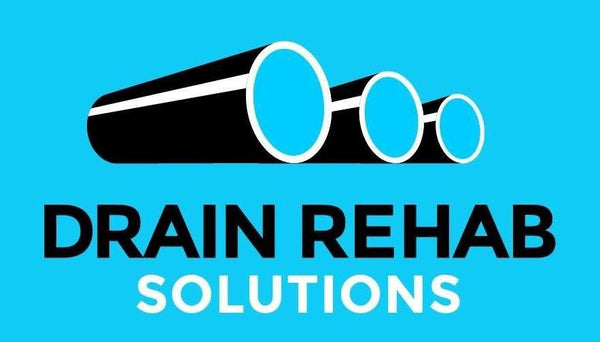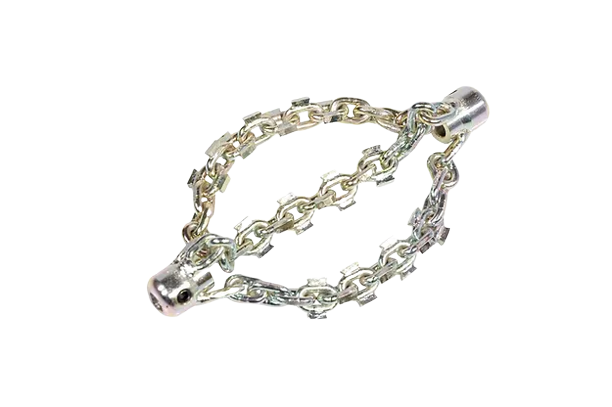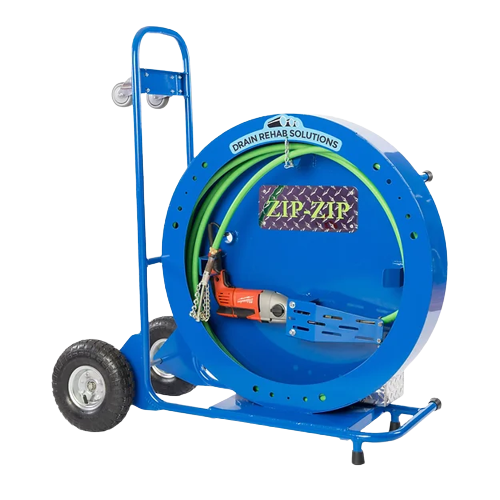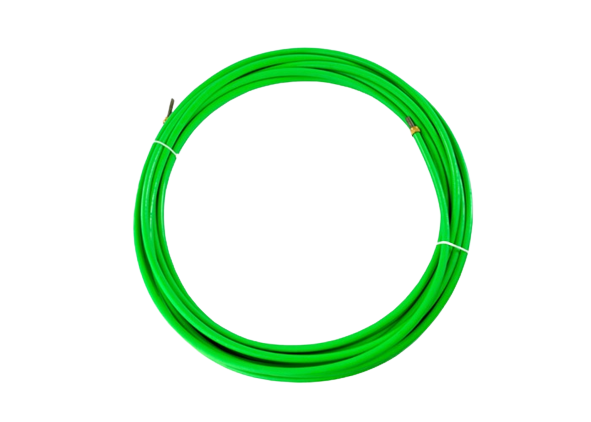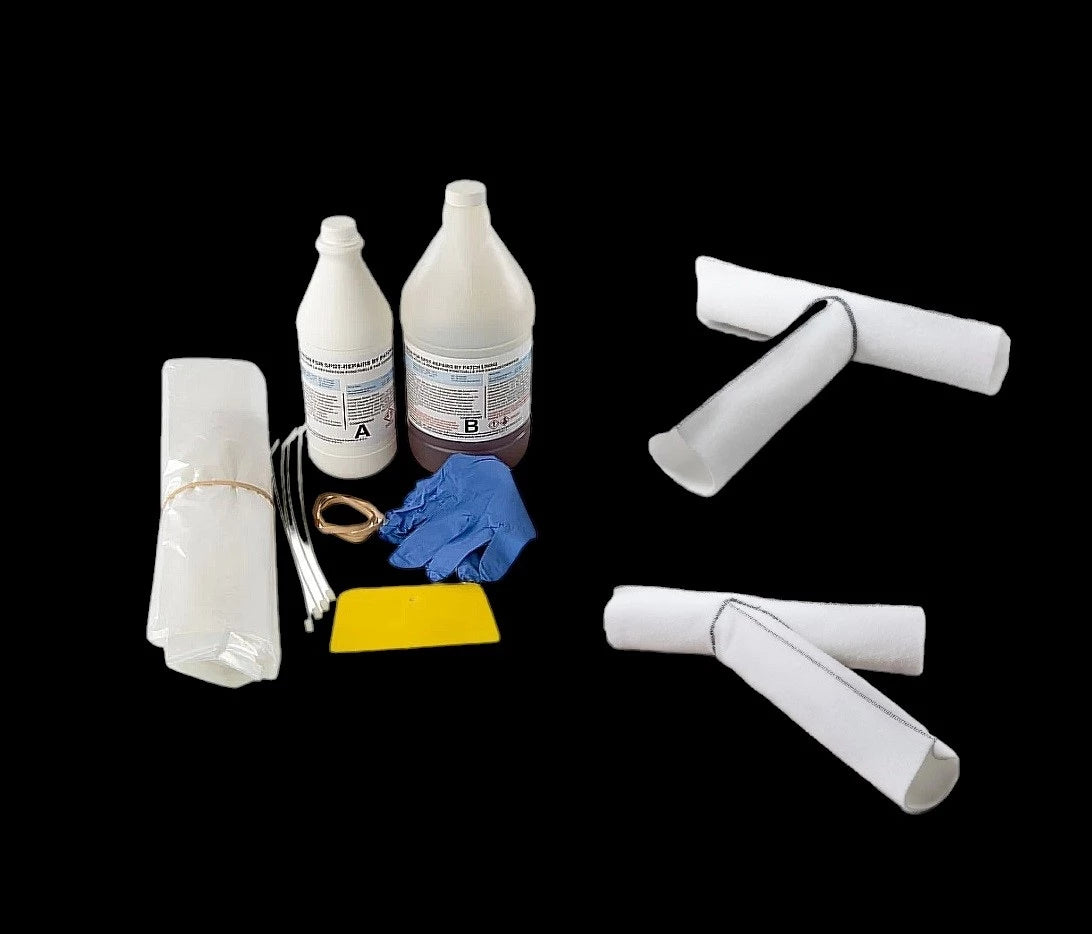At Drain Rehab Solutions, we understand the importance of effective and efficient drain cleaning. However, even experienced plumbers can make mistakes that can lead to costly repairs and frustrated customers. Here, we share expert advice on common drain cleaning mistakes to avoid and tips on troubleshooting typical problems.
- Using the Wrong Tool for the Job

One of the most common mistakes is using the wrong tool for the job. Each type of blockage requires a specific approach and tool. For example, using an auger on PVC pipes can cause damage, whereas a flex shaft cable is more suitable.
Tip: Always assess the type of blockage and the material of the pipe before selecting your tool. Drain cleaning cables and a chain knocker are ideal for tough blockages in metal pipes, while a flex shaft cable is better for delicate materials like PVC.
-
Neglecting Safety Precautions

Safety should always be a priority. Failing to take proper safety measures can result in injuries. Always wear protective gear and follow the manufacturer’s guidelines when operating drain cleaning equipment.
Tip: Ensure you have the right protective equipment, such as gloves and goggles, and never operate tools like a Drain Pipe Rehab System without adequate training.
- Overlooking Regular Maintenance of Equipment

Drain cleaning equipment requires regular maintenance to function correctly. Neglecting this can lead to equipment failure at critical moments.
Tip: Regularly inspect and maintain your tools. For instance, keep your drain cleaning cables and sewer inspection tools clean and well-lubricated to ensure they operate smoothly.
- Inadequate Sewer Inspection

Before attempting to clear a blockage, it’s crucial to conduct a thorough inspection of the sewer pipes. Skipping this step can lead to incomplete cleaning and missed issues.
Tip: Use sewer camera inspection tools to get a clear view of the blockage and the condition of the pipes. This will help you determine the best approach and avoid unnecessary damage.
- Ignoring Pipe Material Differences
Different pipe materials require different cleaning techniques. Using the wrong technique can damage the pipes, leading to more extensive repairs.
Tip: Identify the type of pipe material (PVC, cast iron, etc.) and choose the appropriate cleaning method. For example, use a plain chain for PVC pipes and a chain knocker for cast iron pipes.
- Applying Excessive Force
Using too much force can damage both the pipes and the cleaning equipment. It’s important to apply the right amount of pressure to clear the blockage without causing harm.
Tip: Gradually increase the pressure when using tools like the flex shaft cable or a CIPP trenchless technology system. This approach helps in clearing the blockage effectively while minimizing the risk of damage.

- Failing to Use Cured-in-Place Pipe (CIPP) Correctly
Cured-in-place pipe (CIPP) is a popular trenchless technology for repairing sewer pipes without extensive digging. However, incorrect application can lead to leaks and pipe failure.
Tip: Follow the manufacturer’s instructions carefully when using CIPP. Ensure the liner is properly cured and the resin is correctly applied to avoid future issues.
- Not Identifying the Root Cause of Blockages
Simply clearing the blockage without identifying the root cause can lead to recurring issues. It’s essential to understand why the blockage occurred in the first place.
Tip: After clearing the blockage, use sewer inspection tools to check for potential causes like tree root intrusion, grease buildup, or structural damage.
Troubleshooting Common Problems
- Recurring Blockages: If blockages keep reoccurring, it might indicate a deeper issue such as pipe damage or severe buildup. Use sewer camera inspection to identify and address the root cause.
- Slow Draining: Slow drains can indicate partial blockages or venting issues. Clean the vent pipes and use a Drain Pipe Rehab System to clear any partial blockages.
- Strange Noises: Gurgling sounds often mean there’s a blockage or air trapped in the pipes. Ensure all vent pipes are clear and use appropriate drain cleaning tools to remove blockages.
You can ensure efficient and effective drain cleaning by avoiding these common mistakes and following these troubleshooting tips.
At Drain Rehab Solutions, we’re here to help you with all your sewer pipe repair and maintenance needs, using the latest in CIPP trenchless technology and high-quality sewer inspection tools.
For more expert advice and top-of-the-line equipment, visit our website at www.drainrehabsolutions.com.
